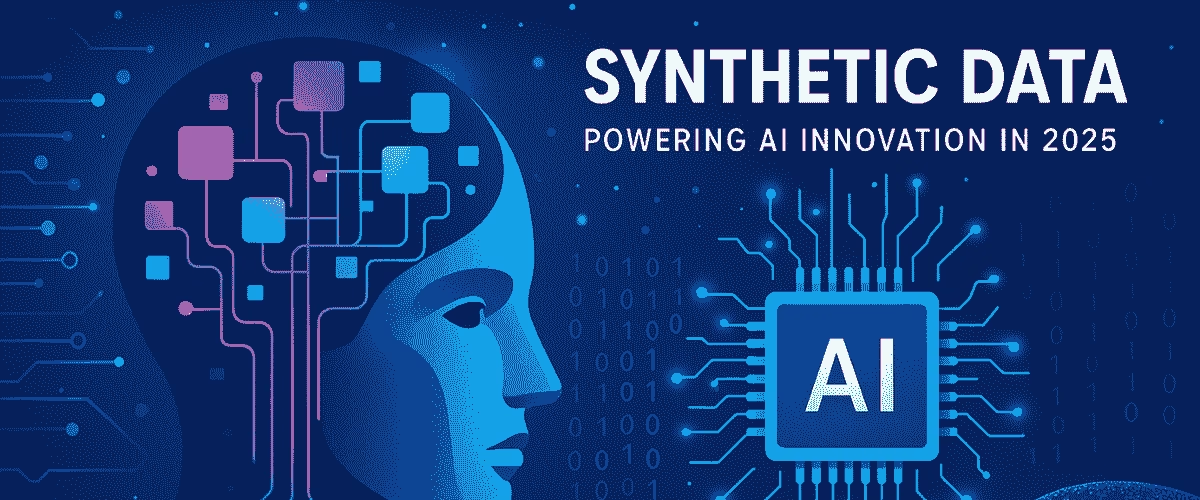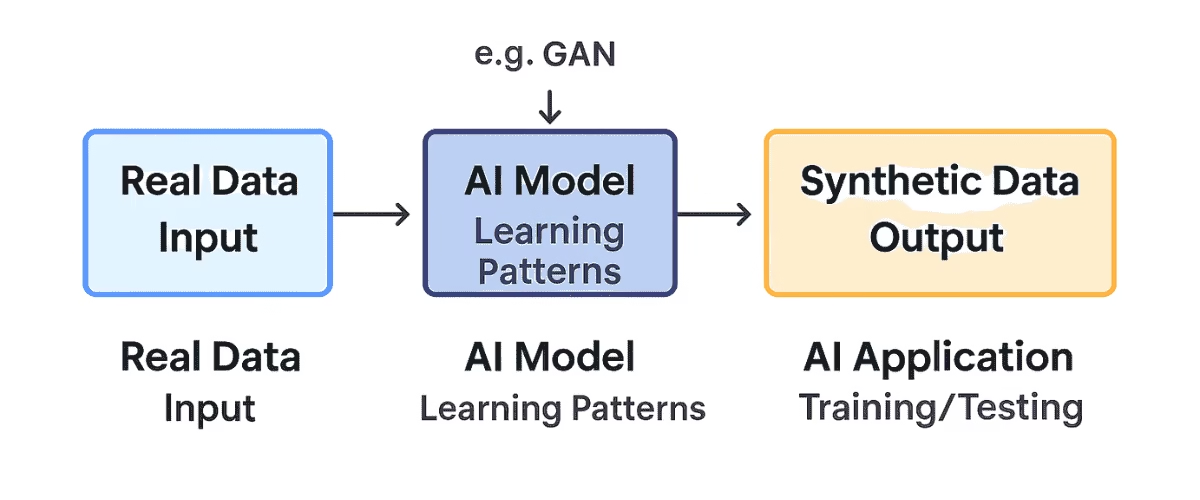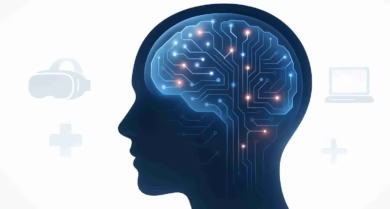Synthetic Data: The Unsung Hero Powering AI Innovation in 2025

Unlocking AI’s Hidden Power
In 2025, artificial intelligence (AI) is revolutionizing industries, but there’s an unsung hero behind its success: synthetic data. This game-changing technology is fueling AI innovation by providing safe, scalable, and privacy-compliant datasets for training models. From healthcare to autonomous vehicles, synthetic data is the backbone of AI’s next leap. In this article, we’ll explore how synthetic data works, its applications, and why it’s a critical trend to watch. Let’s dive into the circuits of AI innovation!
What Is Synthetic Data?
Synthetic data is artificially generated data that mimics the statistical properties of real-world data without containing actual personal information. It’s created using algorithms like Generative Adversarial Networks (GANs) or Variational Autoencoders (VAEs), which learn patterns from real datasets and generate new, realistic data points.
In 2025, synthetic data is a $2B market, growing at 35% annually, as companies seek to address data privacy regulations like GDPR and CCPA. Unlike real data, synthetic data eliminates privacy risks, making it ideal for AI training in sensitive sectors.
How Synthetic Data Powers AI
Synthetic data is generated in a controlled process: an AI model analyzes a real dataset, learns its patterns, and creates a synthetic version that retains the same statistical properties. This data is then used to train AI models, test algorithms, or simulate scenarios where real data is scarce or sensitive.
Diagram: Synthetic Data Generation Process

In 2025, 60% of AI models in healthcare use synthetic data to simulate patient records, ensuring privacy while improving diagnostic accuracy by 25%.
Applications in 2025
Synthetic data is transforming industries:
- Healthcare: Synthetic patient data trains AI for diagnostics, reducing data collection costs by 40%.
- Finance: Banks use synthetic transaction data to detect fraud, improving accuracy by 30% without risking customer privacy.
- Autonomous Vehicles: Synthetic driving scenarios help train self-driving cars, simulating rare events like accidents with 95% realism.
Challenges and Limitations
Despite its potential, synthetic data faces challenges:
- Quality: Poorly generated synthetic data can introduce biases, reducing model accuracy by up to 20%.
- Complexity: Creating high-quality synthetic data requires advanced AI models, costing $100,000+ in computational resources.
- Validation: Ensuring synthetic data accurately reflects real-world scenarios remains a hurdle, with 15% of synthetic datasets failing validation tests.
Case Study: NVIDIA’s Synthetic Data for Autonomous Driving
In 2025, NVIDIA used synthetic data to train its DRIVE Hyperion platform, simulating 10 million driving scenarios. This reduced real-world testing by 60%, saving $50M, and improved AI accuracy by 35%. The project showcases how synthetic data can accelerate innovation while cutting costs and risks.
Where Do You See Synthetic Data’s Impact?
Healthcare: 0 votes
Finance: 0 votes
Autonomous Vehicles: 0 votes
Other: 0 votes
The Future of Synthetic Data
Synthetic data is set to grow, with experts predicting it will power 80% of AI training datasets by 2030. In 2025, advancements like AI-driven synthetic data platforms are making it easier to generate high-quality datasets, reducing costs by 30%. As privacy laws tighten, synthetic data will remain the unsung hero of AI, enabling innovation without compromise.
BytesWall Circuits Your Tech Insights!
Plug into the Conversation!
How do you see synthetic data shaping AI’s future? Drop your thoughts in the comments, and let’s spark a discussion! Share this article with #SyntheticData2025.
Explore more tech trends and insights at BytesWall.com—your hub for the future of innovation!

